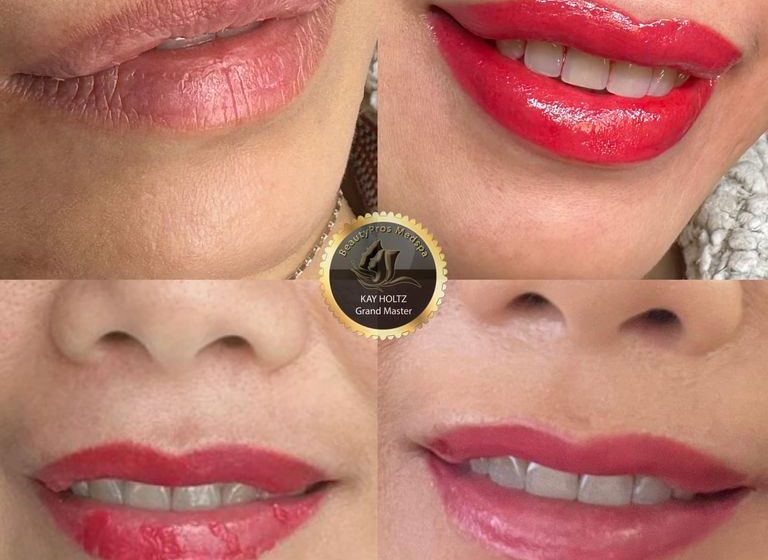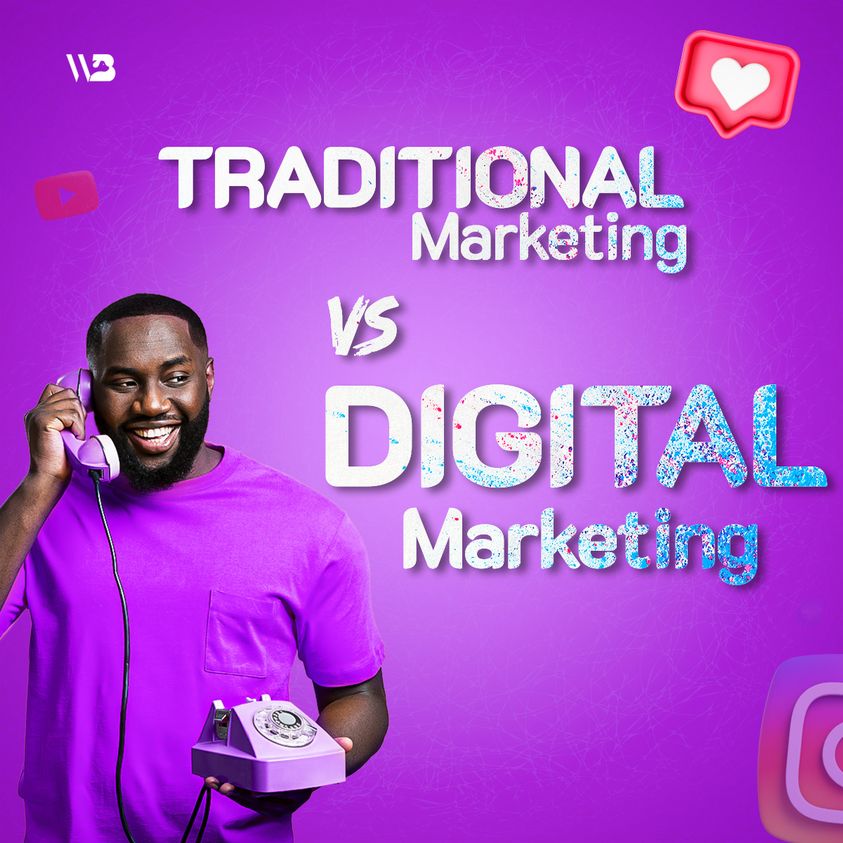Beyond Beauty: The Science Behind Hybrid Lash Extensions Taught in Medical Esthetician Programs

In recent years, the demand for hybrid lash extensions has skyrocketed, with many turning to medical estheticians for this specialized service. However, what lies beneath the surface of these luscious lashes goes beyond mere aesthetics. Behind the glamour lies a fascinating science that is meticulously taught in medical esthetician programs. In this blog, we delve into the intricate world of hybrid lash extensions, exploring the science behind their application, the materials used, and the rigorous training required in medical esthetician schools.
Understanding Hybrid Lash Extensions
Before delving into the science, let’s understand what hybrid lash extensions are. Hybrid lashes are a blend of classic and volume lash techniques, offering clients a fuller, more textured look. Unlike classic extensions, which involve attaching one extension to one natural lash, hybrid extensions combine varying lengths and thicknesses of lashes to create a customized, multi-dimensional effect. This technique requires precision and expertise, making it a staple in the repertoire of skilled medical estheticians.
The Science Behind the Application
At the heart of hybrid lash extensions lies the intricate process of application. Medical esthetician programs teach students the scientific principles underlying this procedure. It starts with the selection of suitable extensions based on the client’s natural lashes, eye shape, and desired look. Understanding the anatomy of the eye and lash growth cycle is crucial to ensure proper placement and long-lasting results.
The adhesive used in lash extension application is another critical aspect taught in medical esthetician programs. Adhesives must be carefully formulated to provide a strong bond without causing irritation or damage to the natural lashes. Medical estheticians learn about the chemical composition of adhesives, how they interact with different materials, and proper application techniques to minimize the risk of adverse reactions.
Moreover, the process of isolation—separating each natural lash to prevent clumping—is a meticulous step that requires precision and attention to detail. Medical esthetician students undergo rigorous training to master this technique, ensuring that each lash extension is applied seamlessly for a flawless finish.
Materials Used in Hybrid Lash Extensions
The materials used in hybrid lash extensions play a pivotal role in both the aesthetic outcome and the safety of the procedure. Medical esthetician programs emphasize the importance of using high-quality, hypoallergenic materials to minimize the risk of allergic reactions and ensure client satisfaction.
Synthetic lashes, typically made from polybutylene terephthalate (PBT), are the most commonly used material in lash extensions. PBT lashes are lightweight, flexible, and resistant to moisture, making them ideal for achieving a natural look and long-lasting retention. Medical esthetician students learn how to select the appropriate thickness, curl, and length of lashes to create the desired effect while maintaining the health of the natural lashes.
In addition to lashes, medical esthetician programs also educate students on the importance of using sterile tools and equipment to prevent cross-contamination and maintain strict hygiene standards. From tweezers and adhesive trays to microfiber brushes and gel pads, every tool serves a purpose in ensuring a safe and effective lash extension application.
Training in Medical Esthetician Schools
The journey to becoming a proficient lash extension artist begins with comprehensive training in medical esthetician schools. These programs combine theoretical knowledge with hands-on practice to equip students with the skills and expertise needed to excel in the field.
In the classroom, students learn about the anatomy and physiology of the eye, the structure of the lashes, and common eye conditions that may impact the lash extension procedure. They study the properties of adhesives, the characteristics of different lash materials, and the techniques for achieving various lash styles.
Hands-on training is a crucial component of medical esthetician programs, allowing students to apply theoretical knowledge in real-world settings under the guidance of experienced instructors. Through supervised practice sessions, students refine their technique, develop their artistic eye, and learn how to troubleshoot common challenges that arise during lash extension applications.
Moreover, medical esthetician schools prioritize safety and client care, teaching students how to conduct thorough consultations, assess client suitability for lash extensions, and provide post-procedure care instructions. By instilling a strong foundation in both technical skills and professional ethics, these programs prepare students to deliver exceptional results while prioritizing the health and well-being of their clients.
Conclusion
Hybrid lash extensions represent a harmonious blend of artistry and science, offering clients a transformative beauty experience while adhering to stringent safety standards. Through meticulous training in medical esthetician programs, aspiring lash extension artists gain the knowledge, skills, and confidence to master this specialized technique. From understanding the anatomy of the eye to mastering the intricacies of adhesive chemistry, medical esthetician students embark on a journey that goes beyond beauty, delving into the fascinating science behind hybrid lash extensions. As the demand for lash extension services continues to grow, the role of medical estheticians in delivering safe, high-quality treatments becomes increasingly invaluable, ensuring that clients not only look their best but also feel confident in the hands of skilled professionals.



